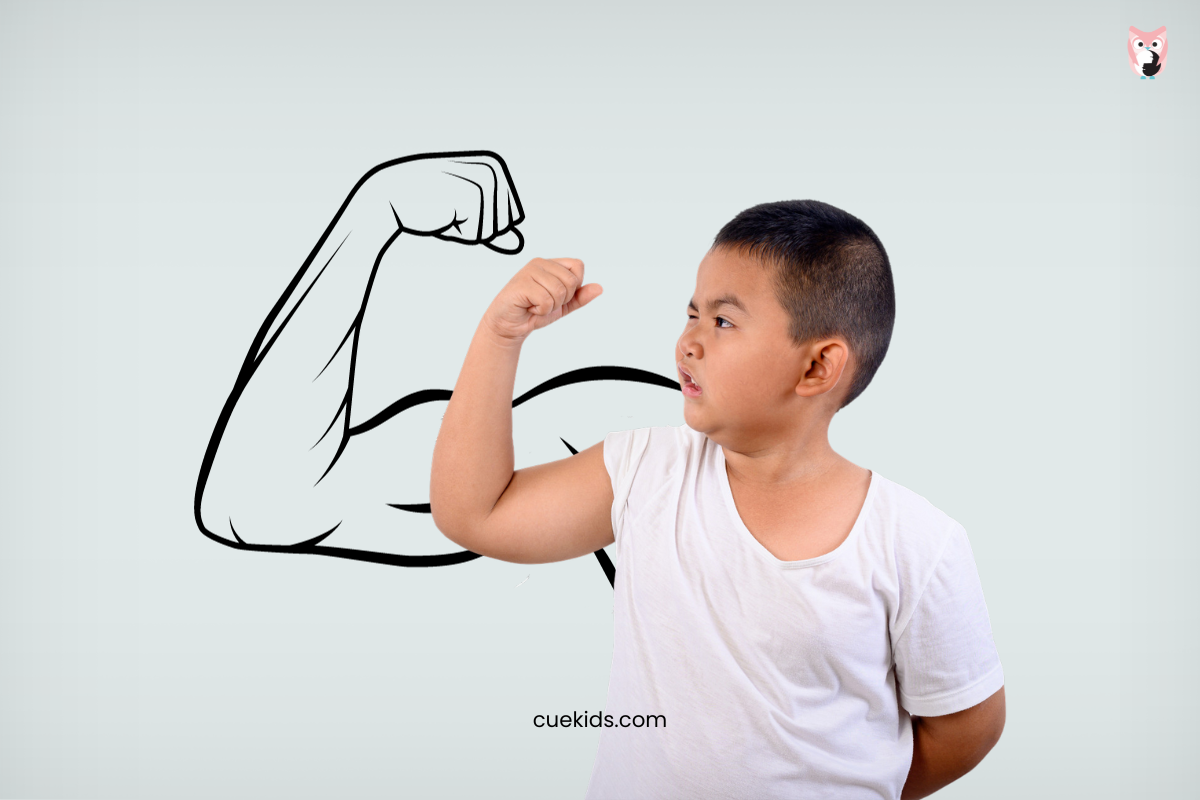Ever wondered if your child can use non-verbal cues to develop social perception—figuring out who holds power simply by observing body language, facial expressions, and emotional nuances in their surroundings?
Your child’s brain observes more than you can imagine. Four studies (number of children = 192) tested whether young children use nonverbal information to make inferences about differences in social power. In this study, children were made to observe the interaction between two people and figure out who is in charge using their Body Language. Interestingly, children over the age of 5 were able to determine social power among individuals by picking up on these nonverbal cues, showcasing their developing Confidence in social situations.
Another interesting possibility is that girls are more sensitive than boys to certain absolute cues in social interactions (Hall, 1978; Wood, Murko, & Nopoulos, 2008). This sensitivity may be especially evident when girls watch interactions between women (maybe because they spend more time around women or are more engaged by people who match their own gender).
Children are active social observers (Bigler & Liben, 2007) and may notice over the course of many interactions that people who hold familiar positions of power (e.g., president, principal, boss) tend to exhibit non-verbal cues such as more expansive posture, maintain direct gaze at their social targets, and tilt their heads back. Further, they may eventually generalize this learning at times when they have no idea about people’s roles (as in the present studies). In another study, younger kids viewed photographs in which one adult either displayed one cue or all four high-power cues, while the other adult displayed one or four low-power cues.
There were five kinds of power displays:
- Expansive vs. hunched posture
- Tilted up vs. down head position
- Forward vs. down gaze
- Lowered vs. raised eyebrows
- Differences in all cues (posture, head, gaze, and eyebrows)

These studies highlight the incredible potential of young children, especially after crossing the age of 5 years. These non-verbal cues not only shape a child’s behavioral setting but also play a crucial role in their Personality Development. They help children navigate and refine their own social cues as they grow. Given the omnipresence of nonverbal information in the social world, it would be wise to attune oneself to understanding the origins and developmental stages of children’s attention to a broad range of nonverbal behaviors.
Know about our Body Language Champion Program for Kids
Attending school provides children with relationships defined by power differences—between the principal and teachers, administrative and supporting staff, and different leadership opportunities among students. However, children also learn a lot from their home environment and surroundings. To help them learn the right cues and guide them effectively, they should be handled with care and the right non-verbal gestures. Can you list the Body Language gestures you exhibit while showing power at home? Is the power exhibited in a comforting manner and with a sense of responsibility? Let us know in the comments.
References:
Children Use Nonverbal Cues to Make Inferences About Social Power, Elizabeth Brey and Kristin Shutts.






Leave A Comment